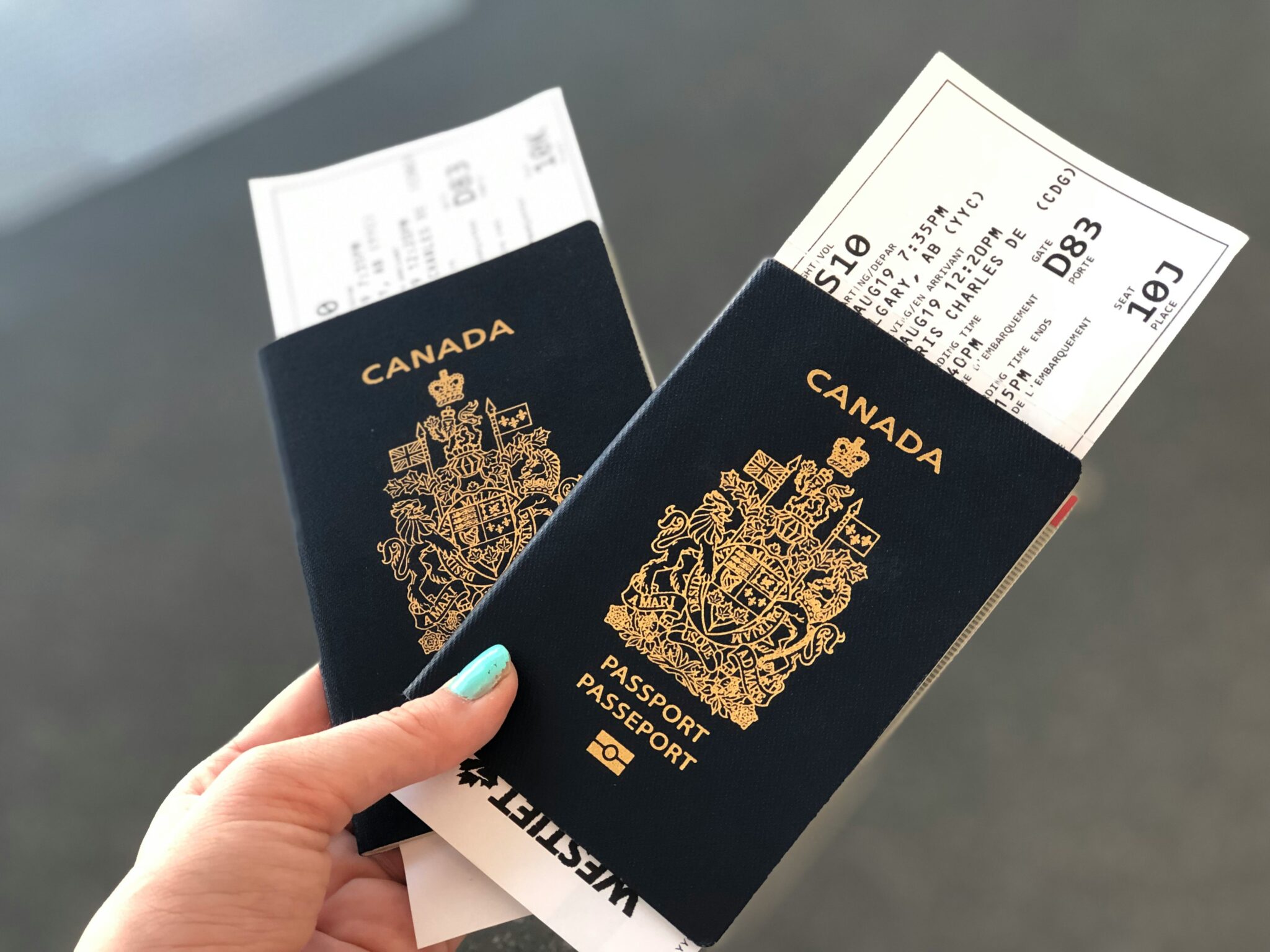The Rise of the Tourism Business Improvement District

Skift Take
Over the last decade, destination marketing organizations (DMOs) in North America have been developing a new funding model through the creation of Tourism Business Improvement Districts (TBIDs), based on self-assessed hotel fees collected beyond the typical Transient Occupant Tax (TOT), or hotel bed tax.
With traditional hotel bed taxes, they're usually collected by city councils or county/state governments who decide how to invest those funds following annual budget reviews. In contrast, TBIDs ensure that the member hotels have complete control over the management of the collected funds, which in this case are typically dispersed by the DMOs.
Depending on the destination, TBIDs are also called Tourism or Business Improvement Districts (TID/BIDs) or Tourism Marketing Districts (TMDs).
In order for a destination to develop a TBID, the bureau and hotels first have to advocate for legislation allowing the formation of the funding structure. Then the majority of the hotels within the TBID have to agree on what level of fees should be collected, where and how they will be invested, and who will form the local steering committee to oversee the process in collaboration with the DMO executive committee.
To date, there are 136 TBIDs globally but the vast majority (91) are located in California, where the first TBID was created in West Hollywood in the early 1990s.
Last month, Visit Oakland was the latest DMO to officially announce the formation of a TBID. Originally, the DMO advocated for $2.50 to be collected per occupied room night. After much discussion, the hotel representatives agreed on $1.50 per occupied room night for hotels with 50 rooms or more for a three-year period, at the end of which time the funding model will be re-evaluated.
Based on a room count of around 4,000 keys, projected revenue from the new TBID is $1.6 million annually.
The common mission among all TBIDs states that all funds raised must be invested in destination marketing initiatives designed specifically to increase room nights.
“One common challenge is the fear that the TID funds will wind up just like TOT money, taken by the city and used for general purposes,” says John Lambeth, president of Sacramento-based Civitas, which specializes in the early development of TBIDs (or TIDs, per Lambeth). “Because the TID is a benefit assessment and not a tax, the funds raised must be used for specific purposes, so any fund redirection to general city programs is prohibited by law. Therefore, educating hotels on the protections for the money that are built into the law is a crucial part of the outreach process.”
We asked Lambeth what is first required in terms of legislation for a DMO to move ahead with the TBID formation process. He replied:
- Develop a district plan with input from stakeholders. Plan includes assessment rate, budget, services to be provided, and structure.
- Obtain petitions from businesses supporting the proposed district, and submit them to the City.
- Schedule a city council hearing process, during which all hotels receive notice of the proposed district and have an opportunity to comment or protest.
- The City Council adopts a resolution creating the District. The City then enters into a contract with the nonprofit [DMO] that will manage the funds and continues to provide oversight via the contract and an annual report.
One of the immediate concerns that comes to mind is that a city council or other governing body might pare back TOT bed tax funds when they see the ancillary revenues being collected by the TBID.
“Some hotels feel that they may lose underlying funding from their city if they implement a district,” explains Lambeth. “TIDs are intended to be a true public-private partnership, with both groups contributing to the overall well-being of the tourism industry and the city’s economy. We are able to write into the Management District Plan that current public funding will be supplemented, not supplanted, by the TID.”
Although the Districts are a public-private partnership, they’re designed to function like a private business in terms of program implementation, with room for flexibility and adaptability defined by a clear set of guidelines to better react to market conditions. The TBID plan also doesn’t go into details such as specific advertising platforms, so hotels and the DMO have an ongoing ability to determine specific marketing programs.
According to Natalie Alvanez, VP of marketing & business development at Visit Oakland, “The hotels really understood why it was important, why Oakland should do this, and why the CVB is the right group to manage it,” she says. “Getting consensus among everyone from a Motel 6 to a Fairmont property was the biggest challenge, but everyone agrees that we’re better off when we engage with each other.”
With the added revenue from the TBID, the Visit Oakland budget now stands around $4 million, compared to $8-9 million in competing markets such as Sacramento and San Jose. Part of the reason for that discrepancy is because Oakland has less than 1,000 rooms downtown, although Alvanez says the average hotel daily rate in the downtown core is now high enough to warrant new hotel construction.
The new funds will go into traditional DMO initiatives with high and immediate demand, such as hiring convention services management professionals to help meeting planners streamline logistics during large meetings and conventions. Additional monies will also be dedicated to expanding public relations, advertising and attendance at trade shows.
“Basically we’re already on the right path when it comes to marketing Oakland so we're going to continue doing what we've been successful at,” says Alvanez. “We just want to ramp up the volume and get in front of more people.”




